43 Types Of Herbs And Spices Used In Hotel Kitchen | Food Production

Types and Definitions of Herbs and Spices Used in Hotel Kitchens Spices: The term spice comes from Latin meaning ‘Fruits of the ...
Read more
HR – Hotel Staff Training Equipment, Handouts And Media
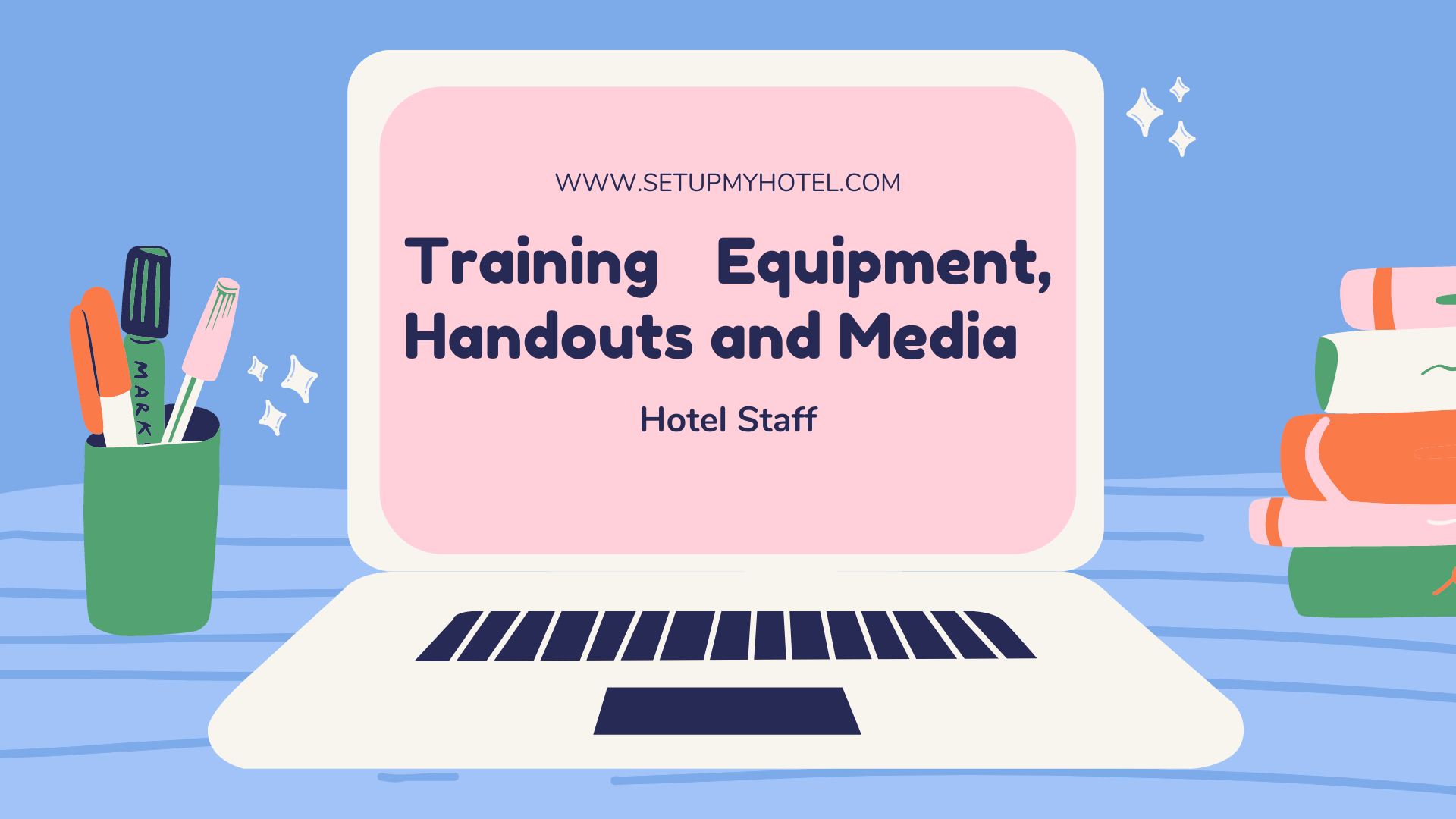
Hotel Staff Training Equipment, Handouts, and Media Details When it comes to hotel staff training, having the right equipment, handouts, ...
Read more
Security – Types Of Safety And Security Functions I Hotels
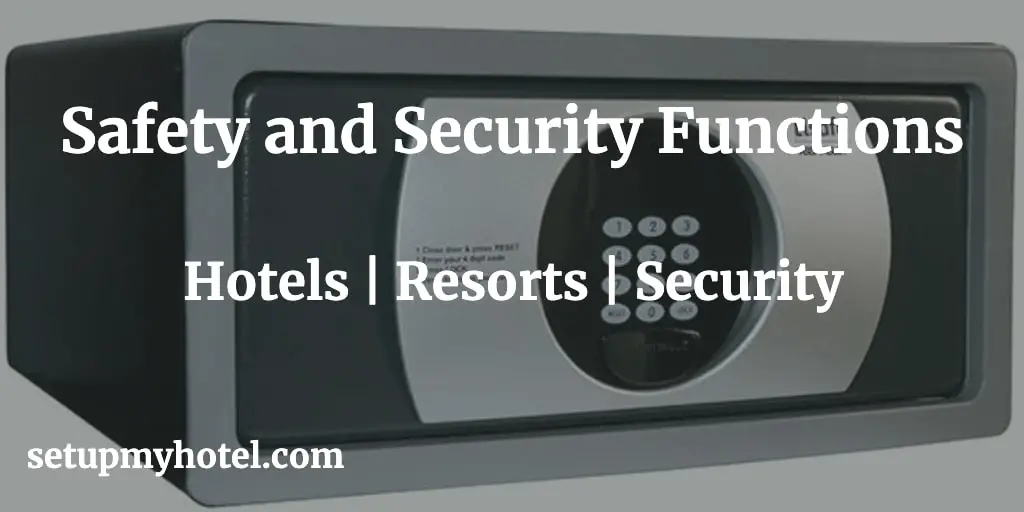
Types of Safety and Security Functions in Hotels Safety and security functions are an integral part of any hotel operation. ...
Read more
HR – Bullying And Sexual Harassment Policy Sample Hotel Staff

BULLYING & HARASSMENT POLICY SAMPLE FOR HOTEL EMPLOYEES Bullying and harassment of employees, whether by colleagues or management, is a ...
Read more
HR – 3 Main Steps For Successful Hotel Staff Training
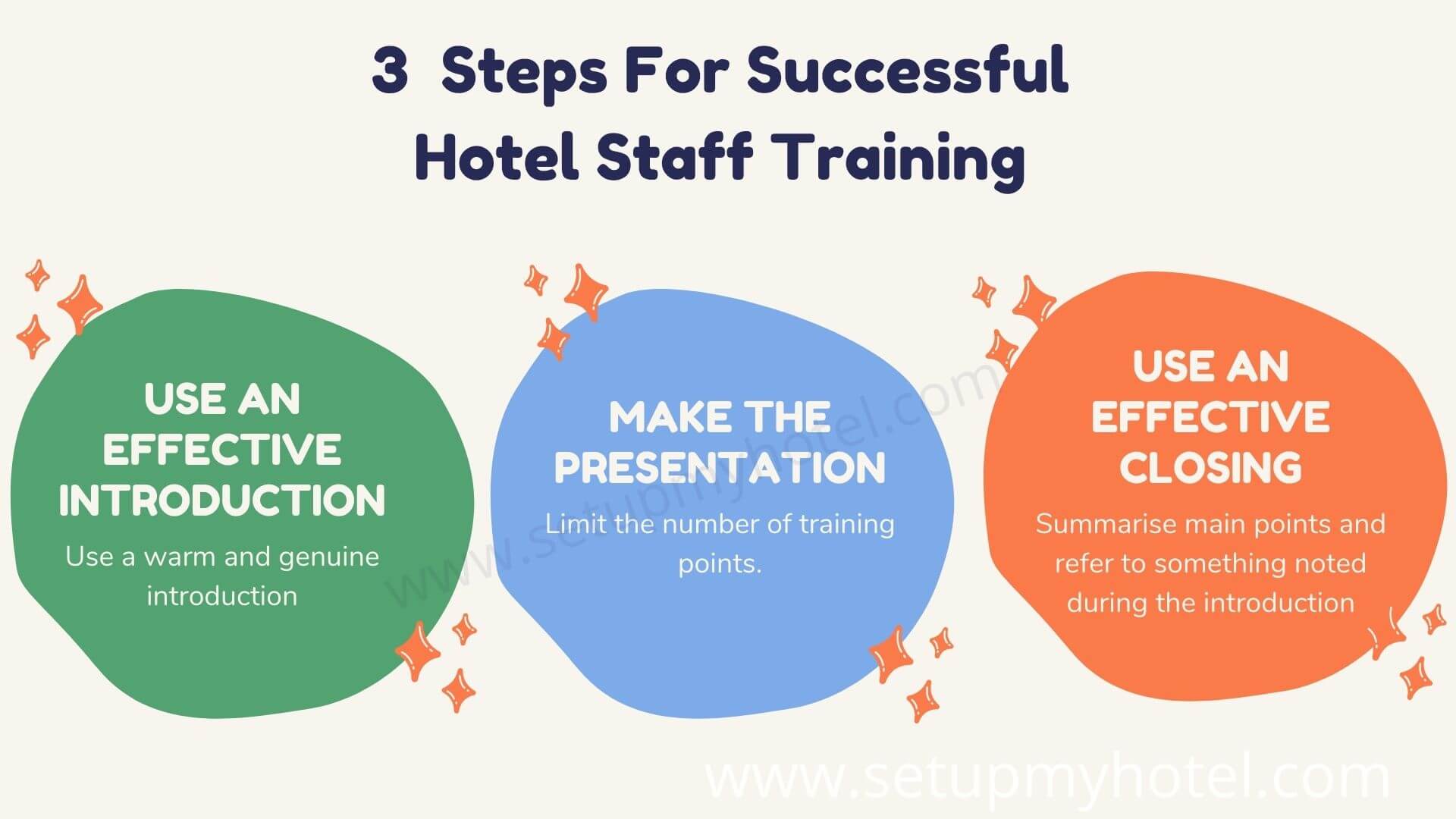
Three Main Steps For Successful Hotel Staff Training Hotel Staff Trainer Presentation: Step 1: Use an Effective Introduction Step 2: ...
Read more
Security – Types Of Emergency Situations Encountered In Hotels
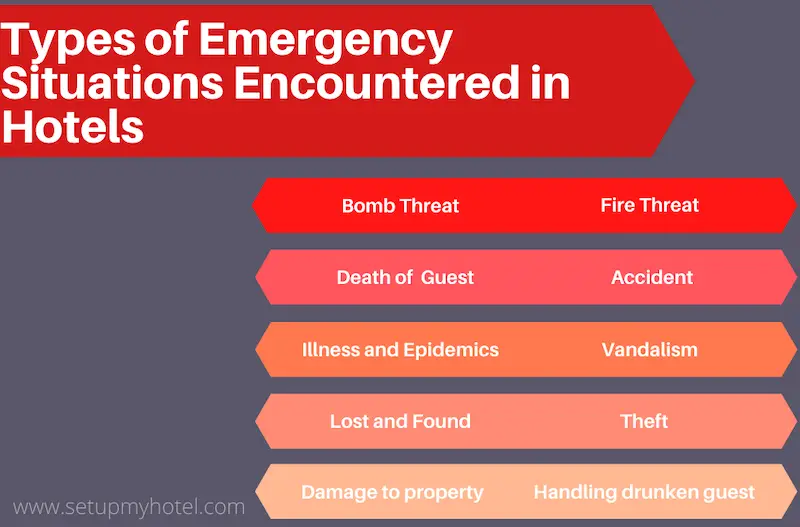
10 Types of Emergency Situations Encountered in Hotels There are different types of emergencies encountered in hotels during the day-to-day ...
Read more
HR – Hotel Staff Training Room Requirements
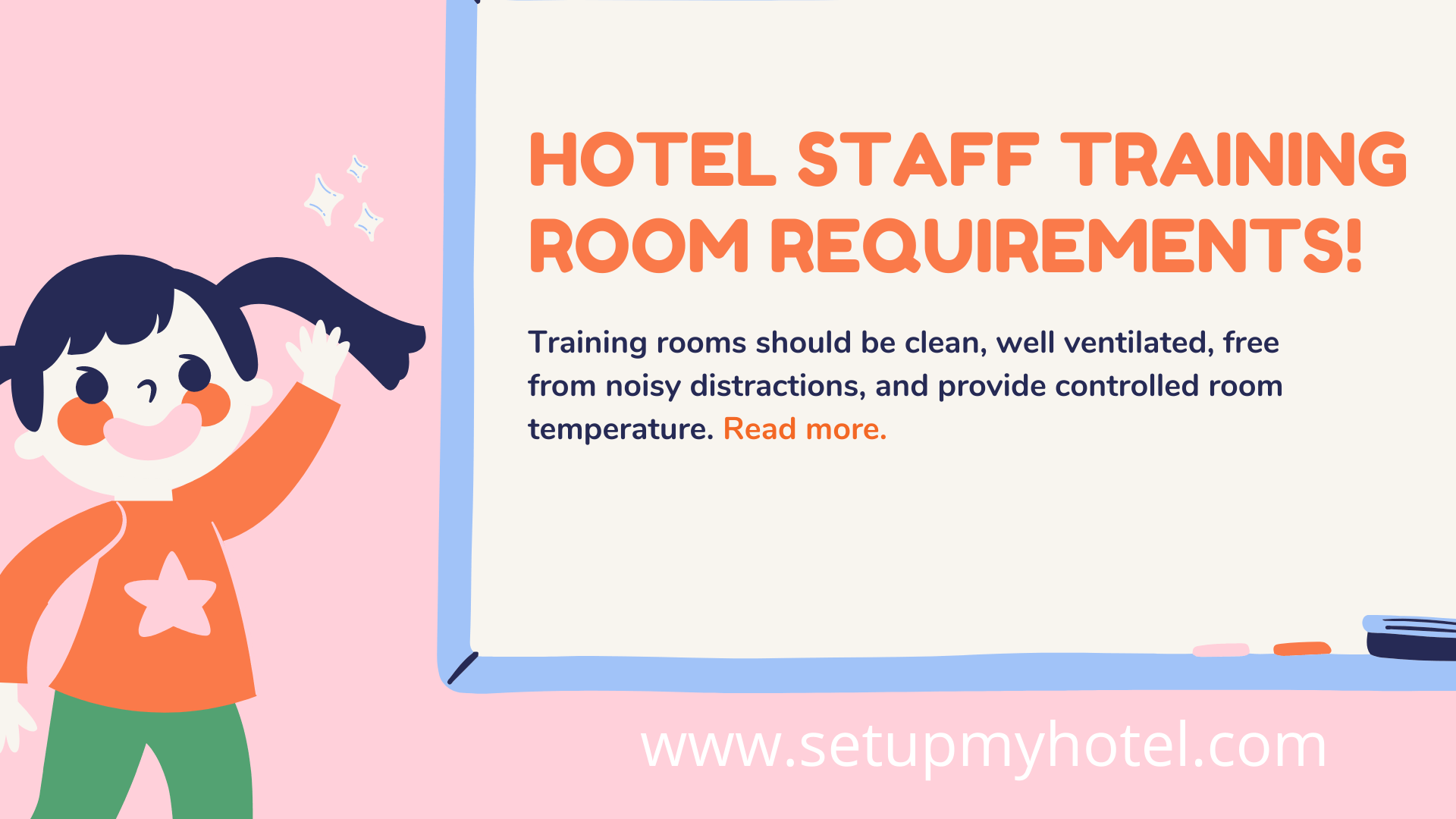
Hotel Staff Training Room Requirements In the dynamic and customer-centric hospitality industry, ensuring that hotel staff members are well-trained is ...
Read more
Finance – Controlling Loss And Wastage In Food And Beverage ( F&B ) Operations

Controlling Loss And Wastage In Food And Beverage Operations Efficient management of food and beverage operations requires a meticulous approach ...
Read more
Security – Steps To Develop Hotel Security Program

How to Develop Security Programs in Hotels The safety and security of hotel guests and staff is of utmost importance. ...
Read more
31 Duties And Responsibilities Of Hotel Human Resources (HR) Coordinator
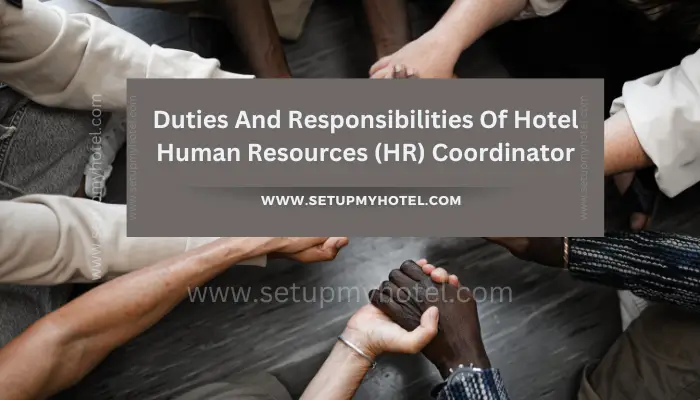
Job Description, Duties, Interview Questions and Salary for Human Resources Coordinator As a Human Resources Coordinator, your main responsibility is ...
Read more









